A Snorkelling Spot
Only accessible by foot, take a long hike to reach the rewarding Anse Coco Beach from Grand Anse where we recommend you set off early as there are few shaded areas. The beach is really beautiful with white sand, shallow crystal clear waters and unique rock formations. At the end of the beach there is a natural pool, where you can easily swim and snorkel. It is a good place to snorkel but make sure you bring everything with you as it is a secluded beach with no facilities.
Anse Coco Beach
Anse Cocos is a secluded and pristine beach situated on the eastern coast of La Digue island in the Seychelles, notable because it is only accessible by a scenic hike, which keeps the crowds away. Its defining characteristic is the natural rock pool nestled at the far northern end, formed by majestic granite boulders, which provides a safe and tranquil spot for swimming away from the powerful open ocean currents. The beach itself features sweeping golden-white sands, striking rock formations, and clear turquoise water, making it a favorite for photographers, and it also holds historical significance as the site of one of La Digue’s first settlements and a former copra production area.
Anse Cocos is one of the most beautiful and secluded beaches in the Seychelles, located on the island of La Digue. It is a must-visit spot known for its pristine natural beauty and tranquil atmosphere, a true reward for the effort required to reach it.
How to Get to Anse Cocos
Getting to Anse Cocos involves a scenic hike, making the journey an adventure in itself.
- Travel to Grand Anse:
- The journey usually begins at the main village, La Passe, on La Digue.
- You can bike (the main transport on the island) to Grand Anse Beach via the paved inland road. This takes about 20-30 minutes. You can park your bike at the stands near Grand Anse.
- The Hike (approx. 30–45 minutes one-way):
- From the northern end of Grand Anse, follow the well-marked trail over the headland.
- The trail will first lead you to Petite Anse Beach (about 10-15 minutes).
- From the far end of Petite Anse, the path continues into a dense tropical forest.
- Follow the winding path over a second headland. The final descent leads you directly down to Anse Cocos.
Important Hiking Tips:
- Footwear: Wear sturdy shoes (sneakers or hiking sandals are better than flip-flops). The trail can be uneven, rocky, and potentially muddy.
- Water: Carry plenty of drinking water, as there are no facilities between Grand Anse and Anse Cocos.
- Sun Protection: Bring sunscreen and a hat. The hike is shaded, but the beach itself offers limited natural shade (mostly from palm and casuarina trees).
Best Time to Visit
- Best Time of Year: The dry season (May to October) is generally ideal, as the weather is more stable and the trekking conditions are better.
- Best Time of Day: Early morning (7–9 AM) or late afternoon (4–6 PM) are recommended to avoid the peak heat of the day and for the best photography lighting. If you plan to spend the day, aim to arrive early.
- Swimming Caution: While the natural pool offers safe swimming, the open waters of Anse Cocos, like Petite Anse and Grand Anse, can have strong waves and currents, so always exercise caution.
Local Hotels

Unsure Where To Start?
Let’s talk about your Earth Trip


Our travel specialists are seasoned explorers with deep local insights. Whether it’s uncovering hidden gems or planning immersive cultural experiences, we design trips that go beyond the ordinary. Get in touch today!
Request A Video MeetingOther Popular Experiences










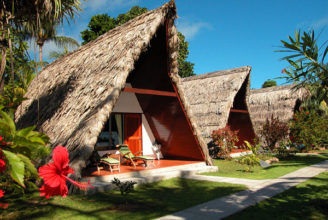
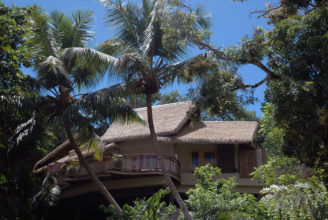
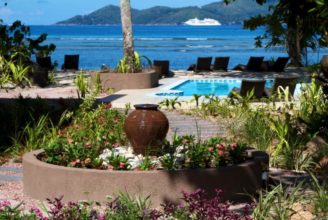
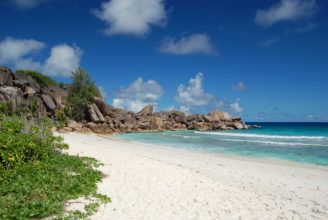
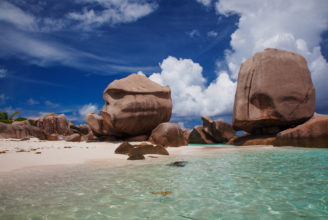
 Anse Coco Beach
Anse Coco Beach